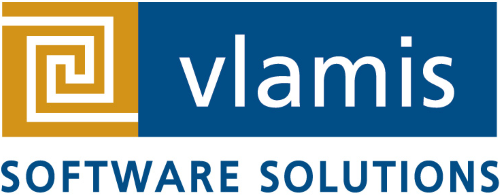Have you ever played tug-of-war? If you have, then you are familiar with the tension of the rope as you grip it tightly in your hands, trying to avoid rope burn. You and your team dig in your heels and then start pulling in concert, trying to drag the other team across the agreed-upon center line. With well-matched teams, the contest can go on for quite a while.
Sometimes, conversations about the best approach for managing analytics data can feel just like a game of tug-of-war. The team that represents the governed data approach might argue the benefits of data security and integrity. The other team, advocating for a self-service approach, could counter with the benefits of agility and faster answers. And so it would go, with each side offering up valid arguments for using their preferred method to counter the other team’s case. Can anyone ever win such a battle?
On September 14, the Oracle Analytics Blog site has published my two-part blog on this important battle. Part 1 looks at the pros and cons of the governed vs. self-service approaches to data and lays out the nature of the tension between them. Part 2 explains how this does not have to be a zero-sum game, using a Vlamis real-world case study where we helped Certegy add the benefits of governed analytics to their self-service analytics system. I then conclude with my recommendations for how organizations can achieve a balance between the approaches and gain the maximum benefits from both. We are honored to be published in the Oracle Analytics Blog. As always, if there’s anything the Vlamis team can do to help your organization maximize the power of Oracle Analytics, give me a call.



